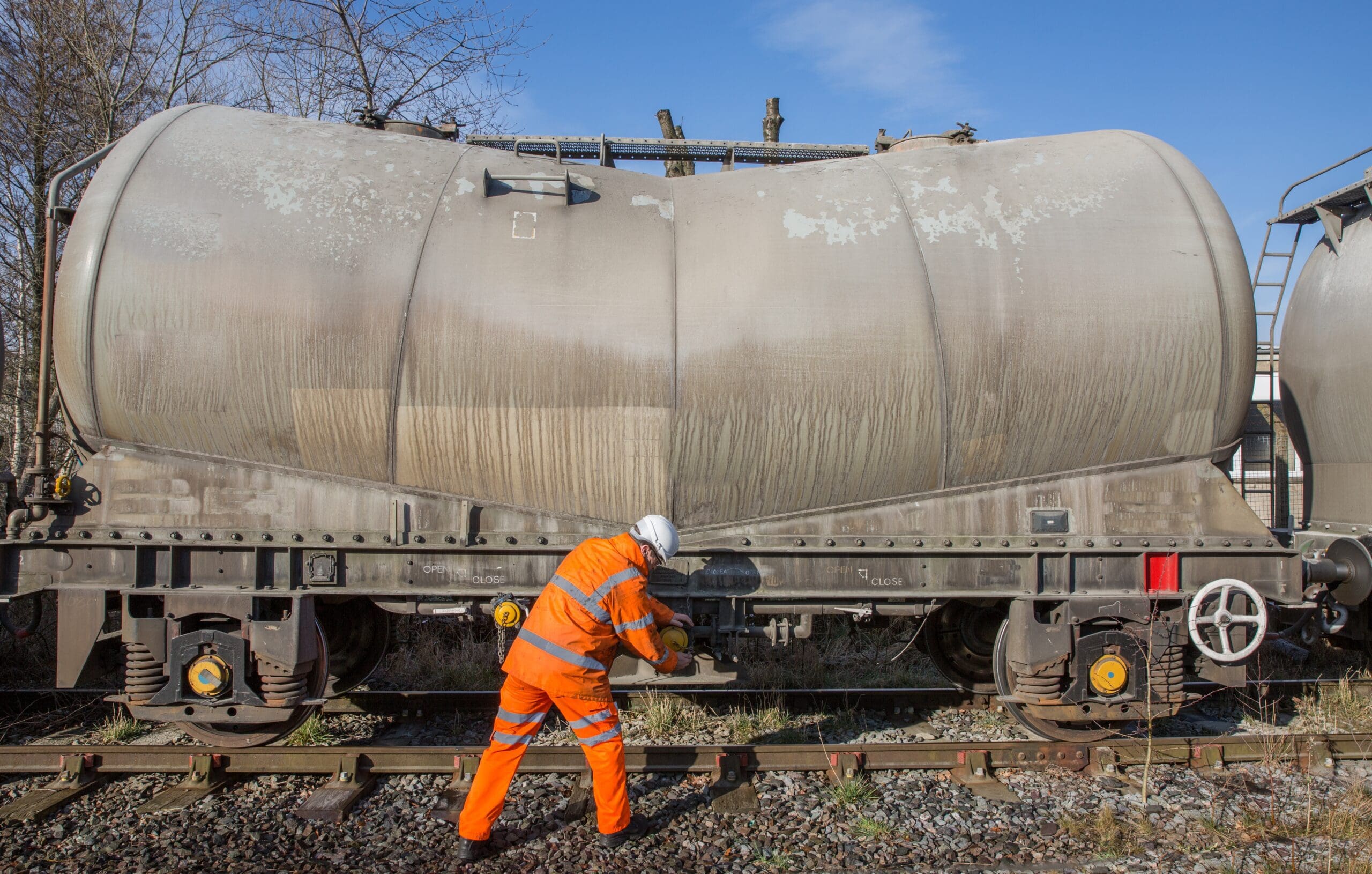Chronic Lymphocytic Leukemia Caused by Railroad Exposure
The continuous exposure of railroad workers to Butadiene and benzene, as well as diesel exhaust, pesticides and diesel exhaust could increase their chances of developing Chronic Lymphocytic Leukemia. These chemicals are known group one cancerous substances. CLL has also been linked with exposure to herbicides for a long time like creosote or weed killers.
Benzene and Butadiene
Benzene and 1,3-butadiene as well as other volatile organic compounds (VOCs) are released into the atmosphere by a variety of natural and human-made processes. They can be taken up through the skin and lungs or directly inhaled. stomach cancer caused by railroad how to get a settlement are known to cause leukemia and cancer. They are also known to destroy DNA and block cell growth. Both butadiene and benzene belong to a class of chemicals that are classified as Group One carcinogens (IARC) by the International Agency for Research on Cancer.
Both benzene and butadiene can be found in diesel exhaust. Diesel exhaust is an everyday exposure for railroad employees who maintain and operate trains. Additionally they are exposed to benzene and butadiene when their train burns and emits toxic smoke.
Both benzene and butadiene are destroyed in the atmosphere through reacting with nitrogen or oxygen. This process is assisted by the opening and closing of carbon-carbon bonds within the molecules. Temperature, moisture, and light accelerate this process. The degrading of benzene can be further accelerated when heavy metals or other contaminants are present. These reactions can result in the creation of new molecules that are less toxic than the chemical it was originally. The exposure of benzene and butadiene is via inhalation and is the primary method of exposure.
Diesel Exhaust
Diesel exhaust is filled with dozens of harmful chemicals. Diesel particulate material (DPM) is the most dangerous. These tiny particles are smaller than 2.5 microns in diameter and are easily absorbed into the lungs where they are highly insoluble and can trigger asthma, wheezing, irritation and lung damage. The exposure to diesel exhaust may cause lung damage and heart disease.
Benzene is also found in diesel exhaust. blood cancer caused by railroad how to get a settlement is a colorless, non-toxic gas with a sour odor that is a byproduct of crude oils and is an ingredient in many diesel fuels. Railroad workers are exposed the benzene gas in their work environments through breathing in the vapors from solvents containing benzene in the railroad shops. Benzene is in paints, thinners and adhesives that railroad carmen, locomotive machinists, and electricians use to clean their equipment. They also dip rags into benzene-containing solvents such as Safety-Kleen part washers to clean dirt and grime off their hands and tools.
DPM is a complicated mixture of gases and fine airborne particulates produced by the combustion of diesel fuel within an internal combustion engine. The International Agency for Research on Cancer (a division of World Health Organization) has confirmed that DPM exposure may cause lung cancer, as well as other adverse consequences. DPM is composed of carbon black, soot and metallic abrasion particle polycyclic hydrocarbons, various organic compounds, and metallic ash.
Asbestos
Railroad workers are frequently affected by various chronic illnesses that have been linked with their exposure to toxic substances like asbestos. Mesothelioma lawsuits against railroad companies that exposed workers to carcinogens may assist in holding responsible companies accountable and help their former employees recover compensation.
stomach cancer caused by railroad how to get a settlement was widely used by the railroad industry prior to when it was banned in 1970s. Many railroad workers, both former and current, were exposed to the toxic substance while on the job. Asbestos was discovered in the boilers and pipes of trains as insulation around locomotives and cabooses, and in other railroad infrastructures such as coal or soot-covered track work.

The exposure to these chemicals has been linked to a wide range of different cancers as well as other health issues, including mesothelioma and lung disease heart disease, skin cancer kidney cancer, non-Hodgkin's lymphoma. A number of these diseases are difficult to detect and treat, leaving victims with high medical costs and a decrease in income and earning potential.
A mesothelioma lawyer can look over the history of a victim's exposure to chemicals to determine whether they're eligible to bring a FELA suit. A lawsuit against a railroad company can be filed in either state or federal court. Victims can also file a private mesothelioma suit against producers of asbestos-containing products. FELA lawsuits are complicated, and they must be handled by an attorney with experience in this field of law.
Pesticides
Many workers on the railroad have exposure to pesticides, which are applied on railway tracks and railway crossings to control vegetation and prevent fires. These chemicals can cause various health issues, such as cancers, non-Hodgkin's Lymphoma, neurologic disorders, asthma and many other issues. The symptoms of a sudden exposure may include headaches, muscle twitching, dizziness nausea and weakness. Chronic exposure can cause skin irritation, rashes and respiratory issues. Pesticides can have long-lasting effects.
A number of studies have found that those who work as railroad brakemen, conductors car men or track workers have an increased risk of developing CLL. The risk increases as the degree of exposure to pesticides rises. A recent study found that those who worked in agriculture as their longest employment were the most at risk. The risk of developing CLL are higher for those who have been exposed to pesticides (OR1-SD = 1.16; 95% CI: 1.03 to 1.59) more than those who haven't been exposed to pesticides. This study confirms earlier associations with exposure to pesticides in farming and other occupations.
